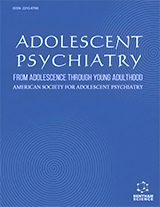Abstract
Approximately 30% of patients with chronic hepatitis C virus (HCV) infection show persistently normal alanine aminotransferase (ALT) levels. Although formerly referred to as ‘healthy’ or ‘asymptomatic’ HCV carriers, and thus historically excluded from antiviral treatment, it has now become clear that the majority of these patients have some degree of histological liver damage.
Although liver disease is usually minimal/mild and fibrosis is generally absent or minimal, the natural history of HCV carriers with persistently normal ALT levels (PNALT) is probably not always so benign, and the possibility of a more severe evolution of liver disease among patients with PNALT cannot be ruled out. Several studies reported a significant progression of fibrosis in approximately 20- 30% of the patients with well-defined ALT normality, and the development of hepatocellular carcinoma in some cases has been described, despite persistent ALT normality. Sudden worsening of disease with ALT increase and histological deterioration has been described after up to 15 years of follow-up.
Recent studies have shown that combined antiviral treatment with pegylated interferon plus ribavirin might allow a sustained virological response in up to 70-80% of patients harboring HCV type 2 or 3, and approximately 50% of those infected with genotype 1. Thus, the advent of these new therapeutic options has shifted treatment targets toward eradication of underlying infection, with therapy decision based on age, severity of disease and likelihood of response rather than on aminotransferase levels.
Keywords: Alanine aminotransferase, carrier, cirrhosis, fibrosis, HCV, Hhpatitis, healthy, interferon, normal, ribavirin, virological response






















